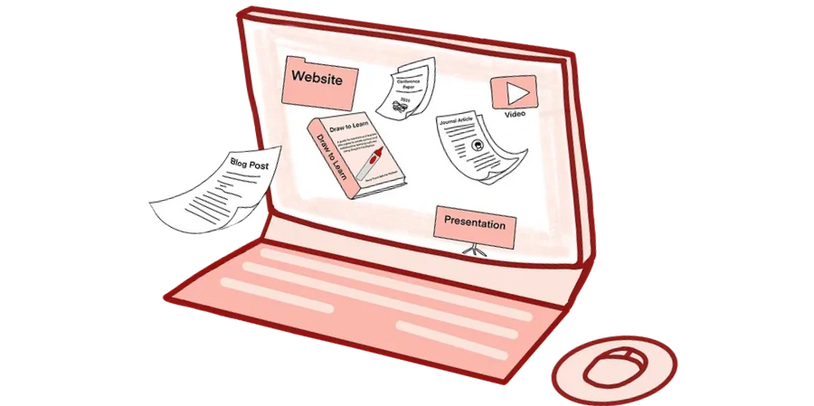IFVP Institute® Online Bibliography

Click on the button below to access the online bibliography about visual practice. Here we are gathering articles, publications and research related to our field.

Dr Phil Bakelaar at Workshop - 2018 Global Conference at Rungstergard, Denmark - photo credit Orest Tabaka

Workshop - 2019 Global Conference at Montclair State University - photo credit Steve Weinstock
Free Book Alert!
Susan Kelly has a book for you! The Big Picture©

In 2019, she completed a book, which is based on what she has learned over the years as the best areas to focus on to create healthy, thriving organizations (and communities). In a nutshell, that would be a combination of People Intelligence, Process Intelligence and Visual Intelligence. The book is entitled The Big Picture: Breathing Life into Our Organizations.
It can be viewed free in its entirety by clicking on this link.
Visual Practitioners Resources Airtable

Add another resource to the Visual Practice Resources Airtable!
Click on the link above to add a resource.
Disclaimer: The presence of a resource here does not imply endorsement. This is a beta version of our database, intended to gather initial information and allow for user experience feedback as we use an agile iteration approach to its development.
Thanks for helping us explore ways to bring value to the community!
BROWSE RESOURCES HERE

Here is an embedded view of resources that have been entered, or click on the link below.
become a founding donor
This website uses cookies.
We use cookies to analyze website traffic and optimize your website experience. By accepting our use of cookies, your data will be aggregated with all other user data.